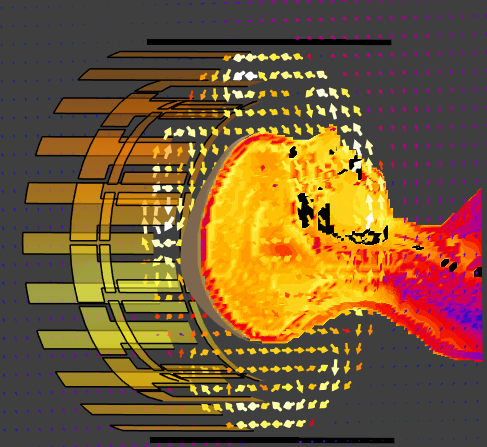The Winkler Lab has a dedicated radiofrequency (RF) team with a top-notch RF lab to design, demonstrate and test high field and UHF receive and transmit coils. Our team is devoted to cutting-edge research studies that explore the benefits of ultra-high field magnetic resonance imaging (UHF MRI), and that contribute to clinical imaging practices.
Specifically, the lab’s studies focus on novel coil/antenna designs to address non-uniform magnetic field distribution and high specific absorption rate (SAR) problems in UHF MRI. The lab is currently working on inductively coupled coil configurations with high-pass resonance characteristics to address ultra-high frequency resonance requirements of 7 tesla (T) MRI systems. In contrast to conventional coils (e.g., transverse electromagnetic coil (TEM), birdcage coil (BC)) and antennas (e.g., dipole antennas), our novel architectures create uniform field distribution for larger volume of interest and better B1+/SAR characteristics for the same coil dimensions. These new architectures, which can be used as transmit (Tx) and/or receive (Rx) elements, are also compatible with parallel transmit (pTx) technology, becoming an indispensable part of UHF MRI. Once properly engineered, together with the pTx feature, the lab’s designs exhibit better signal to noise ratio (SNR), yielding high quality MR images over a large field of view. These architectures seem to be the most promising candidates as clinical coils/antennas for the next generation clinical MR imaging platform, 7T.


